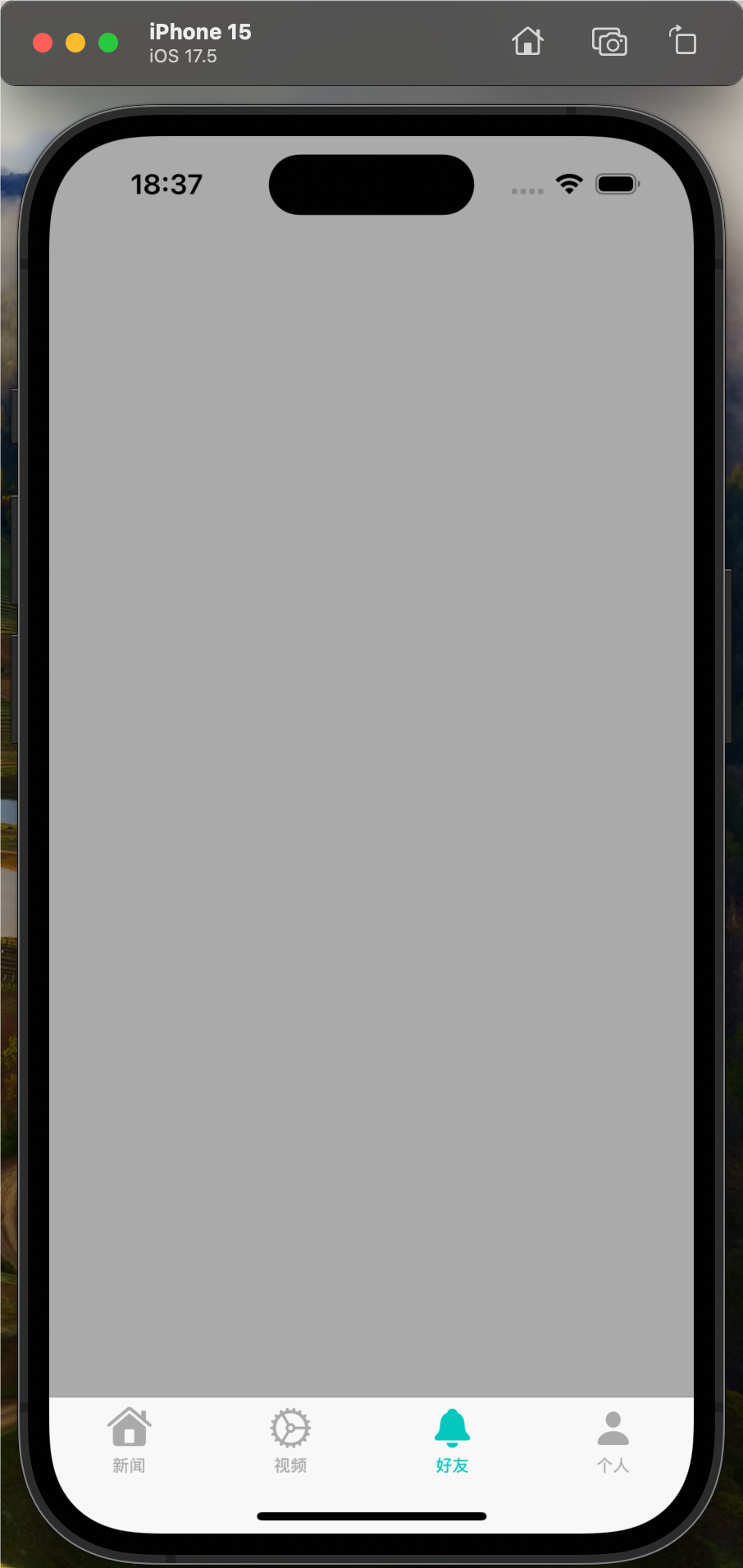设置表格视图单元格的样式为基本,标识符为故事板中的单元格,代码如下:
import UIKit
class TableViewController: UITableViewController {
var items: [String]!
override func viewDidLoad() {
super.viewDidLoad()
items = ["first","second","third"]
}
override func numberOfSectionsInTableView(tableView: UITableView) -> Int {
return 1
}
override func tableView(tableView: UITableView,numberOfRowsInSection section: Int) -> Int {
return items.count
}
override func tableView(tableView: UITableView,cellForRowAtIndexPath indexPath: NSIndexPath) -> UITableViewCell {
// either works fine
let cell = tableView.dequeueReusableCellWithIdentifier("Cell")! // let cell = tableView.dequeueReusableCellWithIdentifier("Cell",forIndexPath: indexPath)
cell.textLabel?.text = items[indexPath.row]
return cell
}
}
很简单,但是当我将tableView:cellForRowAtIndexPath:方法分别更改为1,2,3,4个时:
情况1:
override func tableView(tableView: UITableView,cellForRowAtIndexPath indexPath: NSIndexPath) -> UITableViewCell {
var cell = tableView.dequeueReusableCellWithIdentifier("Cell",forIndexPath: indexPath)
cell = tableView.dequeueReusableCellWithIdentifier("Cell",forIndexPath: indexPath)
cell.textLabel?.text = items[indexPath.row]
return cell
}
案例2:
override func tableView(tableView: UITableView,forIndexPath: indexPath)
cell = tableView.dequeueReusableCellWithIdentifier("Cell")!
cell.textLabel?.text = items[indexPath.row]
return cell
}
案例3:
override func tableView(tableView: UITableView,cellForRowAtIndexPath indexPath: NSIndexPath) -> UITableViewCell {
var cell = tableView.dequeueReusableCellWithIdentifier("Cell")!
cell = tableView.dequeueReusableCellWithIdentifier("Cell",forIndexPath: indexPath)
cell.textLabel?.text = items[indexPath.row]
return cell
}
案例4:
override func tableView(tableView: UITableView,cellForRowAtIndexPath indexPath: NSIndexPath) -> UITableViewCell {
var cell = tableView.dequeueReusableCellWithIdentifier("Cell")!
cell = tableView.dequeueReusableCellWithIdentifier("Cell")!
cell.textLabel?.text = items[indexPath.row]
return cell
}
案例1,2(不起作用):
案例3,4(工作正常):
解决方法
(我修改了cellForRowAtIndexPath代码,如下所示:
override func tableView(tableView: UITableView,cellForRowAtIndexPath indexPath: NSIndexPath) -> UITableViewCell {
var cell = tableView.dequeueReusableCellWithIdentifier("plainCell",forIndexPath: indexPath)
cell.textLabel!.text = "First cell for row \(indexPath.row)"
cell = tableView.dequeueReusableCellWithIdentifier("plainCell",forIndexPath: indexPath)
cell.textLabel!.text = "Second cell for row \(indexPath.row)"
print("Cell being returned is \(cell)")
return cell
}
为每个单元格指定不同的文本标签.)在情况3和4中,首先调用(“单元格”)版本,表视图每行只有一个单元格.
为什么不同的行为?如果您创建UITableViewCell的自定义子类并在故事板中使用它,则可以覆盖各种方法并添加print()语句以查看正在发生的事情.特别是awakeFromNib,didMovetoSuperView和deinit.发生的情况是,在情况1和2中,创建了第一个单元格(awakeFromNib)并立即将其添加(didMovetoSuperView)到superview,可能是表视图或其子视图之一.在情况3和4中,创建了第一个单元格但未添加到超级视图中.相反,一段时间后,细胞被解除分配(deinit).
(注意,如果第二个单元格使用(“Cell”,forIndexPath:indexPath)版本出列,它也会立即添加到superview.但是,如果第二个单元格使用(“Cell”)版本出列,则它是仅在cellForRowAtIndexPath方法返回后才添加到superview.)
因此,关键的区别在于(“Cell”,forIndexPath:indexPath)版本导致单元格被立即添加到表视图中,甚至在cellForRowAtIndexPath完成之前.这在您提到的问题/答案中暗示,因为它表明出列单元格的大小正确.
一旦添加到superview,第一个单元格就不能被释放,因为它的superview仍然有一个强引用.如果单元格以(“单元格”)版本出列,则它们不会被添加到超级视图中,因此一旦重新分配单元格变量,就没有对它们的强引用,因此它们被解除分配.
希望这一切都有意义.

